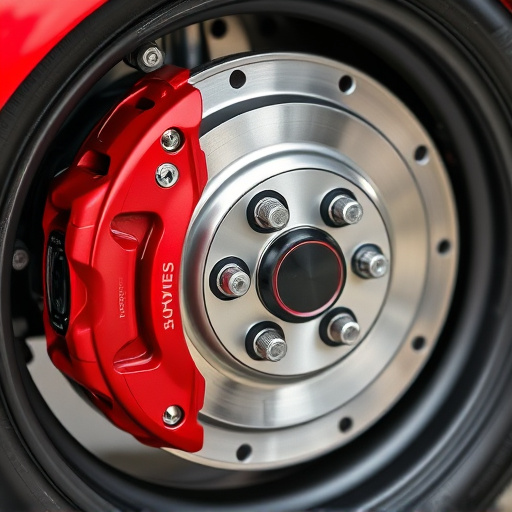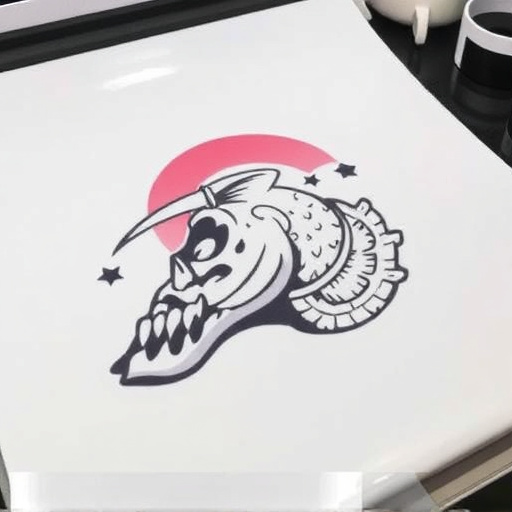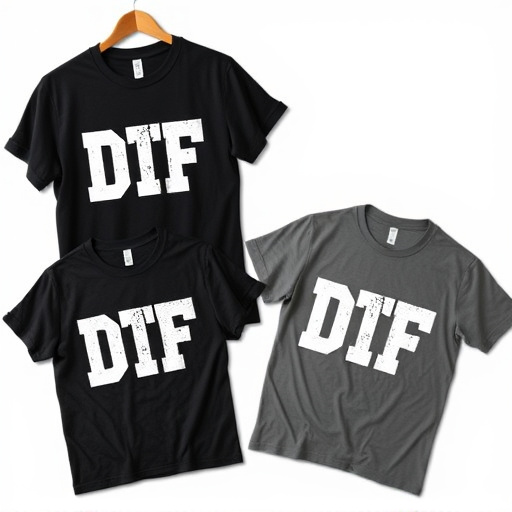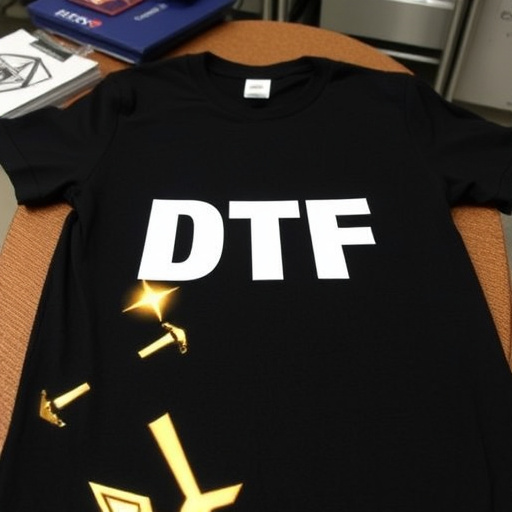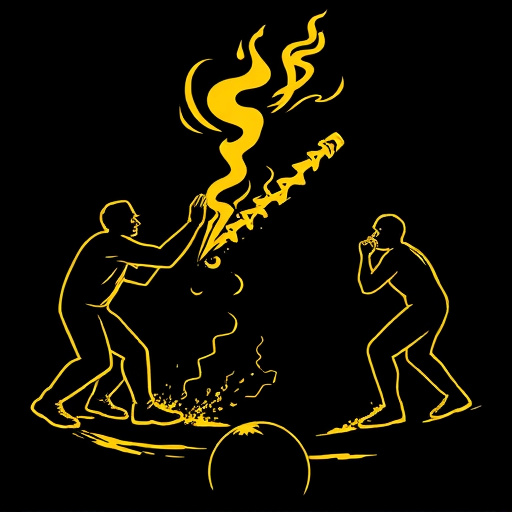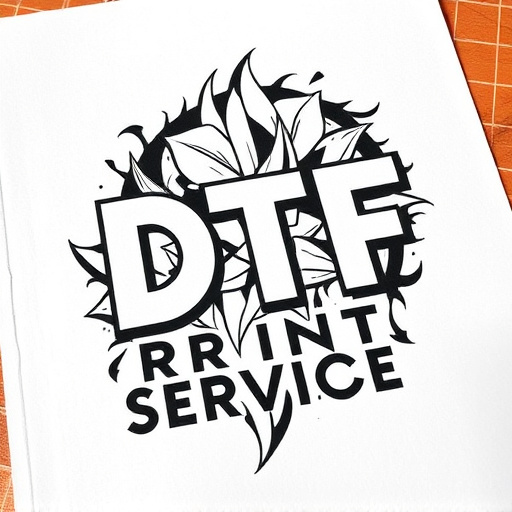Setting up a DTF Transfers Printer involves careful unboxing, power connection, calibration through the setup wizard, and workspace organization. Key components include the print head, platen, heat press, and control panel, with precise configuration of ink type, temperature, and pressure ensuring high-quality custom transfers on items like t-shirts. Proper assembly according to manufacturer instructions is crucial for optimal performance when conducting DTF transfers.
“Unleash your creativity with the powerful DTF (Direct-To-Fashion) transfers printer. This step-by-step guide is designed to empower users of all skill levels to master the art of DTF printing. From setting up your printer, choosing the right design software, and optimizing designs for pristine results, to performing flawless transfers – we’ve got you covered. Discover the secrets to achieving vibrant, long-lasting prints on a variety of fabrics.”
- Setting Up Your DTF Transfers Printer
- – Understanding the printer components and their functions
- – Unboxing and assembling your printer
Setting Up Your DTF Transfers Printer
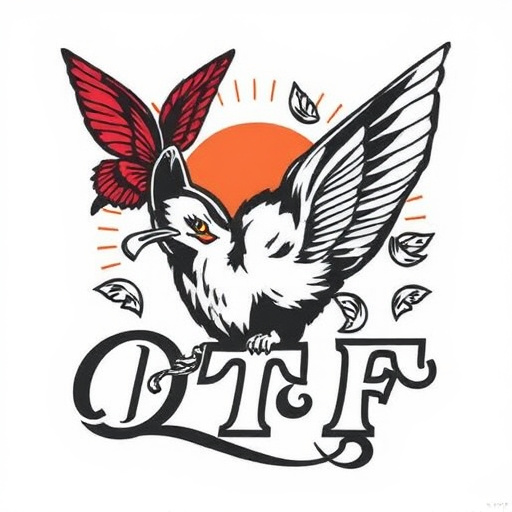
Setting up your DTF Transfers Printer is a crucial step to ensure optimal performance and high-quality results. Begin by unboxing the printer carefully, ensuring all components are intact. Next, locate the appropriate power source and connect the printer according to the manufacturer’s instructions. Calibration is key; follow the setup wizard provided by the manufacturer to adjust settings for precise printing. This process involves aligning the print head, setting resolution, and configuring color profiles specific to DTF Transfers.
Once calibrated, prepare your workspace. Ensure a clean, flat surface to place the printer and organize your materials nearby, including DTF film, ink, and heat press equipment. Proper placement is essential for convenient access during printing. Remember, a well-organized setup saves time and contributes to smoother operations, allowing you to focus on creating stunning designs with your direct to film printer.
– Understanding the printer components and their functions
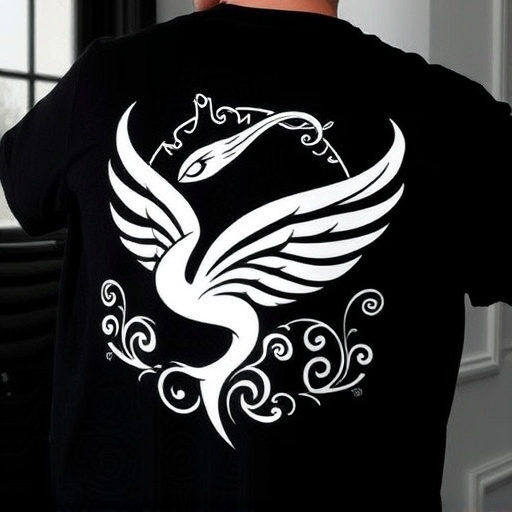
Operating a DTF (Direct to Fabric) Transfers Printer involves understanding its various components and their roles in the printing process. The printer typically includes key parts such as the print head, platen, heat press, and control panel. The print head is responsible for applying ink directly onto the fabric surface, while the platen provides a flat, even surface for the material to rest on during printing. Heat is then applied through the heat press to fuse the ink into the fabric fibers, creating a durable and vibrant design.
Custom DTF transfers for items like t-shirts and hoodies are made possible by this technology. By accurately configuring the printer settings, including ink type, temperature, and pressure, users can achieve precise and high-quality results. Familiarizing yourself with these components and their functions is crucial for efficient operation of a DTF Transfers Printer, ensuring that your custom dtf transfers turn out flawlessly every time.
– Unboxing and assembling your printer
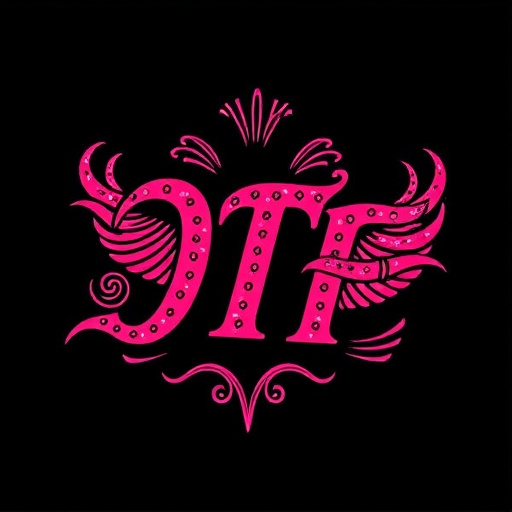
When you receive your DTF Transfers Printer, the first step is to carefully unbox all components and lay them out for easy access. This process ensures a smooth setup experience. Begin by removing all packaging materials and checking that all parts—including the printer itself, ink, cartridges, and any accessories—are present.
Next, follow the manufacturer’s instructions for assembling your DTF printer. Typically, this involves attaching the print bed, installing the ink bottles, and securing the cover or lid. Once assembled, ensure proper alignment of components to guarantee optimal printing performance with your DTF transfer for custom t-shirts or other materials. A well-assembled printer is the foundation for achieving the best results in your DTF transfer projects.
Operating a DTF Transfers Printer is now a straightforward process, thanks to the comprehensive steps outlined in this guide. By understanding your printer’s components and assembling it correctly, you’re well on your way to creating high-quality transfers. Remember, the key to success lies in meticulous setup and familiarization with each part. Now go ahead, dive into the world of DTF printing and create vibrant, custom designs with ease!




